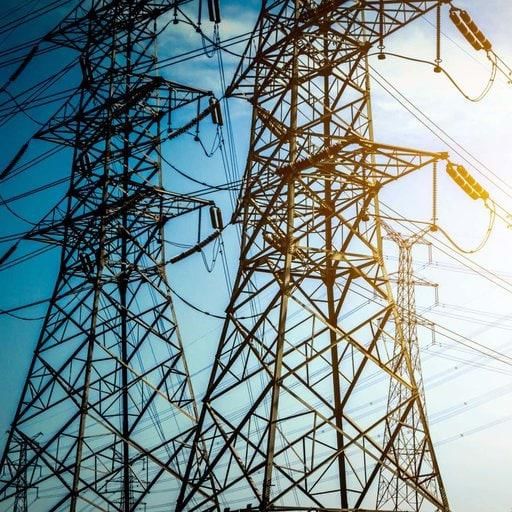Best Study Material for UPSC Exam
UPSC Exam > UPSC Notes > Indian Polity for UPSC CSE > Revision Notes: United States of America: Political Structure & Government
Revision Notes: United States of America: Political Structure & Government | Indian Polity for UPSC CSE PDF Download
Political Structure
- The USA is a federal republic. Each of the 50 States and the District of Columbia exercise a measure of internal self-government. The President is the head of the executive and is elected for four-year term by an electoral college directly elected from each State. The President appoints to other members of the executive, subject to the consent of the Senate.
- The Constitution of the United States of America was adopted on 4 March, 1789.
- Political parties are the basi s of the American political system. At the national level, the United States enjoys a two-party system that has remained remarkably durable throughout the nation's history, even though rival national parties have appeared and disappeared from the political scene. Today, the Democratic Party, which traces its origins back to the nation's third President Thomas Jefferson, and the Republican party, founded in 1854, continue to dominate politics at the federal, state and local levels.
The Congress
- The US Parliament, referred to as Congress, is a bicameral body. The Congress consists of the Senate and the House of Representatives.
- Members of the Congress are all directly elected, on the basis of simple plurality of vote.
- The Senate is composed of 100 Senators, elected on the basis of two senators for each of the country's 50 States. Each Senator enjoys a term of six years.One-Third of the Senators are chosen every two yeas in such manner that, in each State, both Senators are not normally standing for election at the same time.The Vice-President of the country is the ex-officio Presiding Officer of the Senate. In his absence, a President protempore is elected by the Senate or someone designated by the Vice-President, Presides.
- The House of Representatives is composed of 435 members elected for two years from each of the 50 States in such manner that each Member represents roughly the same number of citizens provided that each State has at least one representative. The Speaker, chosen by the House, is its Presiding Officer with a Clerk of the House to assist him. The number of representatives of each State in Congress is determined on the basis of the State's population.
The document Revision Notes: United States of America: Political Structure & Government | Indian Polity for UPSC CSE is a part of the UPSC Course Indian Polity for UPSC CSE.
All you need of UPSC at this link: UPSC
|
144 videos|639 docs|203 tests
|
FAQs on Revision Notes: United States of America: Political Structure & Government - Indian Polity for UPSC CSE
| 1. What is the political structure of the United States of America? |  |
| 2. How is the government of the United States structured? |  |
Ans. The government of the United States is structured into three branches. The executive branch is led by the President, who is elected by the people and serves as the head of state and commander-in-chief of the armed forces. The legislative branch consists of the Congress, which is divided into two chambers - the Senate and the House of Representatives. The judicial branch is headed by the Supreme Court, which interprets and applies the laws of the country.
| 3. What is the role of the executive branch in the United States government? |  |
Ans. The executive branch is responsible for enforcing and administering the laws of the United States. The President, as the head of the executive branch, has the power to veto or sign bills into law, appoint federal judges and cabinet members, negotiate treaties with other countries, and serve as the commander-in-chief of the military.
| 4. How does the legislative branch function in the United States government? |  |
Ans. The legislative branch, made up of the Congress, is responsible for making laws in the United States. The Congress consists of two chambers - the Senate and the House of Representatives. Members of Congress propose and debate bills, which must pass through both chambers before being sent to the President for approval or veto. The legislative branch also has the power to impeach and remove federal officials from office.
| 5. What is the role of the judicial branch in the United States government? |  |
Ans. The judicial branch is responsible for interpreting and applying the laws of the United States. The Supreme Court, which is the highest court in the country, has the power to review and overturn laws that are deemed unconstitutional. The judicial branch ensures that the actions of the executive and legislative branches are in accordance with the Constitution, and it plays a vital role in protecting individual rights and upholding the rule of law.
Related Searches


























